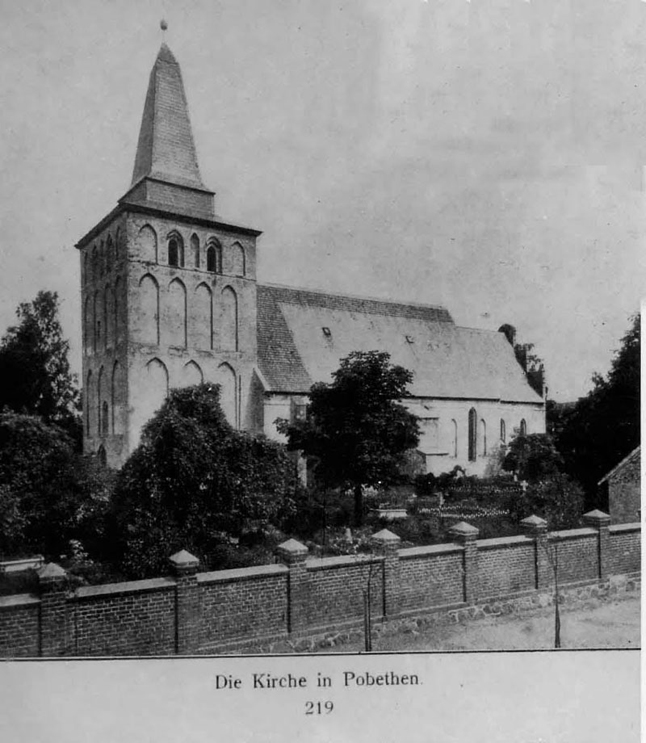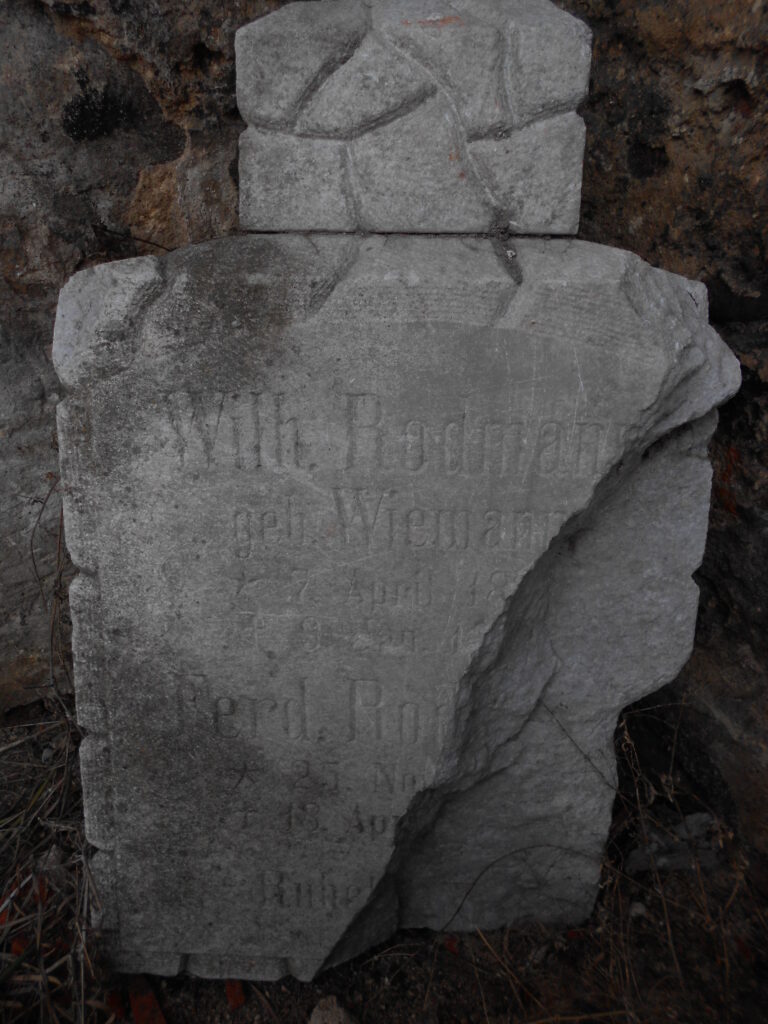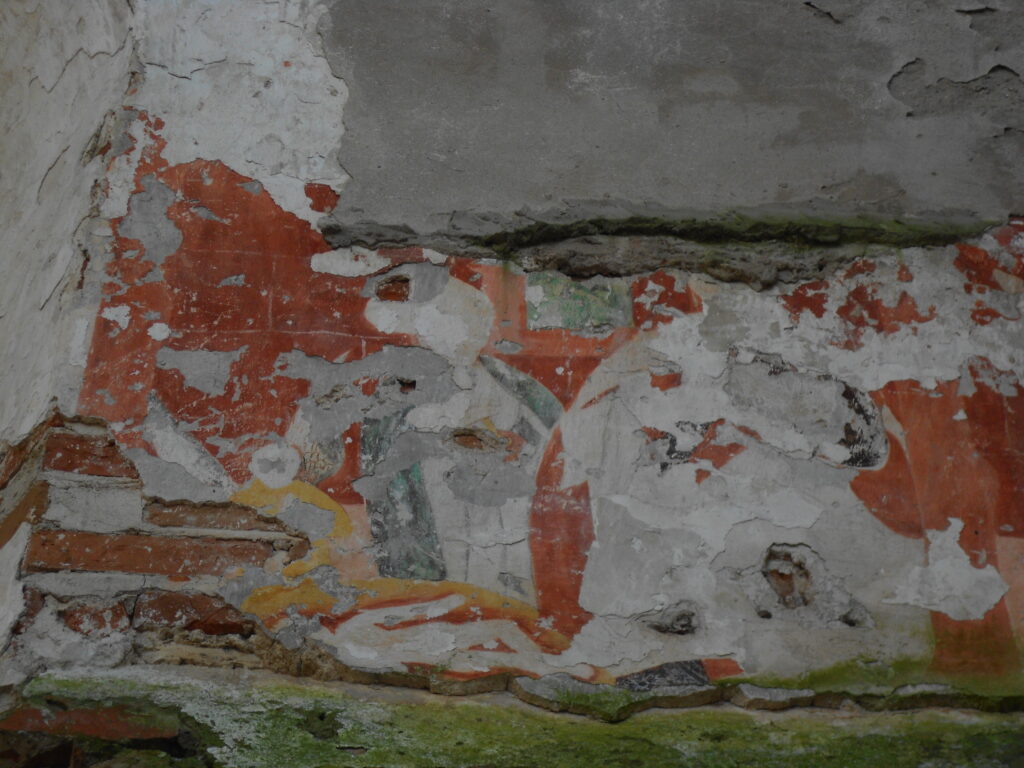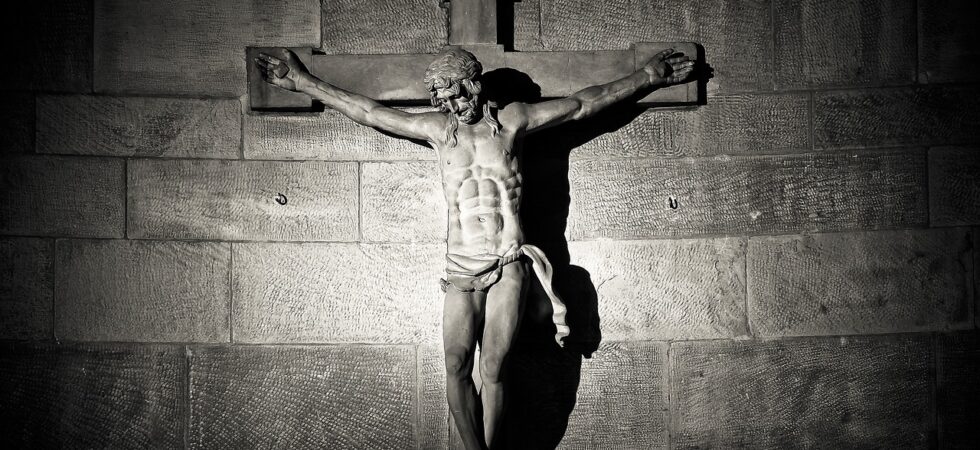Monument of Faith and History: Pobeten Church
About 30 kilometers from the former Königsberg lies the village of Romanovo, once known as “Pobeten,” a name derived from the language of the Prussian Sambians meaning “Land of Beten,” after a local prince. At the very heart of this ancient settlement stand the ruins of an old Teutonic church, in which it is now difficult to recognize what was once the largest church on the entire Samland Peninsula. Yet the fieldstone foundations of its walls still exude the spirit of the centuries that have passed over the church like clouds across the wide East Prussian sky.
The history of the Pobeten parish dates back to the distant 14th century, when the Teutonic Knights had just taken possession of the lands along the Baltic coast. The church is believed to have been built in 1321. Unlike the richly decorated cathedrals of Western Europe, churches in Prussia were constructed according to the principles of fortresses, often serving as the last refuge during raids by pagan Lithuanians or rebellious Prussians. The Pobeten church was no exception: its walls were built mainly of fieldstone and red brick. Its tower was added much later, in the 15th century, which was also typical for the region. The interior decoration was created over the course of centuries.

In 1680, an organ made by the famous master Adam Gottlieb Casparini was installed. In the same 17th century, the altar and pulpit were built, and the utensils dated back to the 17th-19th centuries. In 1800, a pointed spire was installed on the tower, which was later, 23 years later, decorated with a weather vane. Three bells were cast over the next three decades. Since after the Reformation the church turned from Catholic to Lutheran, in accordance with Luther’s ideas, they tried to get rid of everything that reminded of the worship of saints: the ancient frescoes in the altar part were plastered over, thanks to which they have successfully “survived” to this day. They were discovered only in the second half of the 20th century, when rainwater washed away the layer of plaster after the roof collapsed.

An unusual local relic was kept inside the Pobeten church – a simple soldier’s bugle, of the kind that could be seen in abundance in the Prussian army. But this instrument had its own amazing story. Its owner, a Prussian bugler, was captured during the war with Sweden in the first half of the 17th century and ended up on the opposite shore of the Baltic Sea. There he missed his homeland so much that one winter he tried to cross the Baltic on horseback on the ice. Despite the terrible frosts of that time, the ice far from the shore turned out to be fragile and could not support the horse. Then the bugler swam closer to the Prussian shore on a broken ice floe and covered the remaining miles by swimming. In the Rantau region he managed to get to the shore and perform a victory hymn, but soon died of hypothermia. The parishioners of Pobeten carefully handed over the horn and sabre of their heroic compatriot to the pastor of the church, where they were kept until the middle of the 20th century.

The parish in Pobeten was one of the largest and considered to be quite “profitable”. It was visited by residents of a large number of surrounding villages, the total number of which reached several thousand. These were people of various origins, both German colonists and local Balts-Prussians. At various times, the community was cared for by such worthy ministers as the translator of Luther’s Catechism into Prussian Abel Will, the army chaplain of the Russian army Christian Tege, theologian and historian Adolf Rogge. After the Second World War, the church was not damaged at all, but it was destroyed by human mismanagement and the desire of settlers to destroy everything beautiful. Now the ruins of the building are a sad memorial to the centuries-old history of Christianity on the once pagan land.
